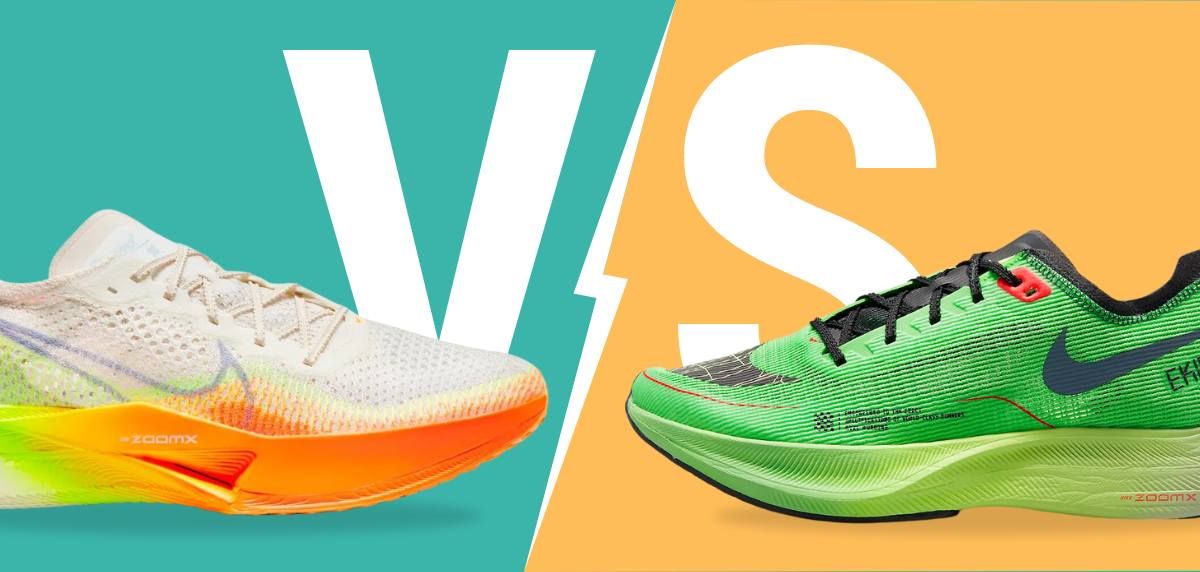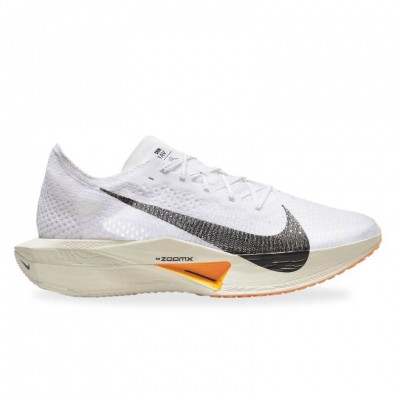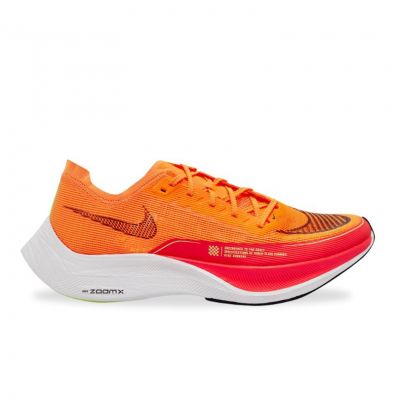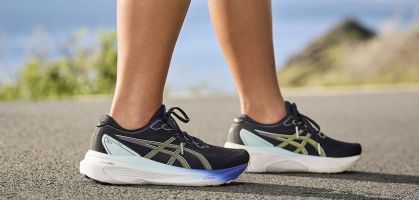The Nike Vaporfly has been a benchmark in the running world, especially for those looking to improve their competition times. With the arrival of the Nike ZoomX Vaporfly Next% 3, many casual runners are wondering what the differences are with respect to its predecessor, the Nike ZoomX Vaporfly Next% 2. At RUNNEA we are going to give you the keys so you can decide whether to go for version 2 or the new version of Nike's fastest running shoe.
Design and materials
The Nike ZoomX Vaporfly 3 feature a drastic change in design compared to the previous versions. While the Vaporfly 2 maintained some continuity in terms of design and finishes from their first version, the Vaporfly 3 are completely transformed. Both versions use the ZoomX material in their midsole, the carbon fiber plate (Flyplate) and the Atomknit upper, but the geometries and shapes are very different in version 3.
Midsole
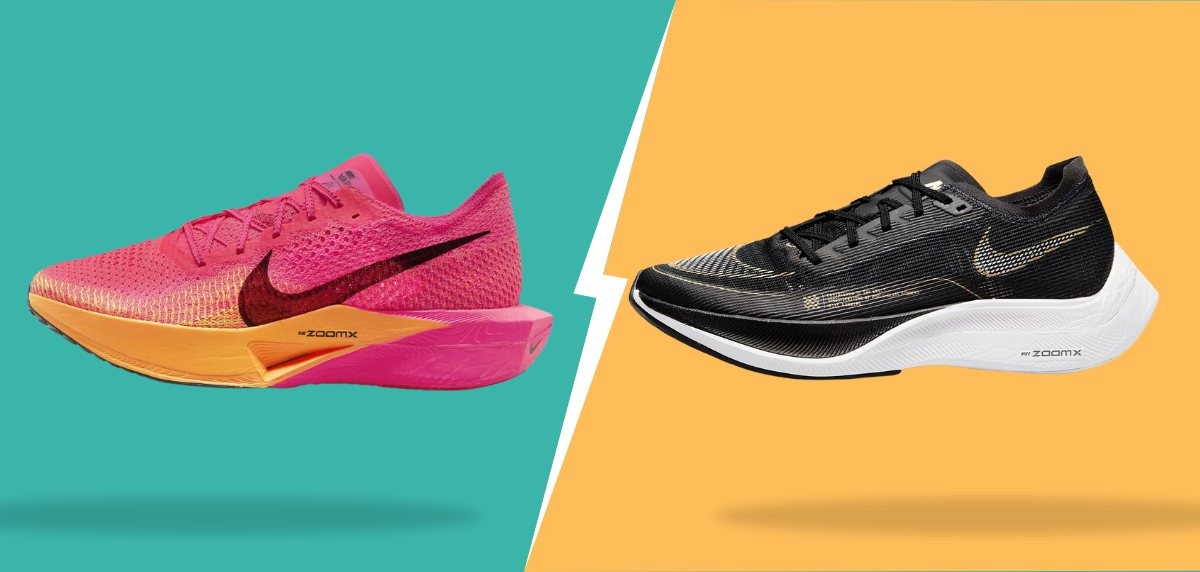
In the midsole, the Vaporfly 3 keep the ZoomX and the carbon fiber plate as the main elements. However, the main difference with respect to the Vaporfly 2 is the design and shapes that the midsole adopts. The Vaporfly 3 feature several cutouts that reveal the carbon fiber plate, which helps reduce the weight of the shoe. In addition, the new heel cutouts are noticeable and are intended to improve the stability of the shoe.
Upper
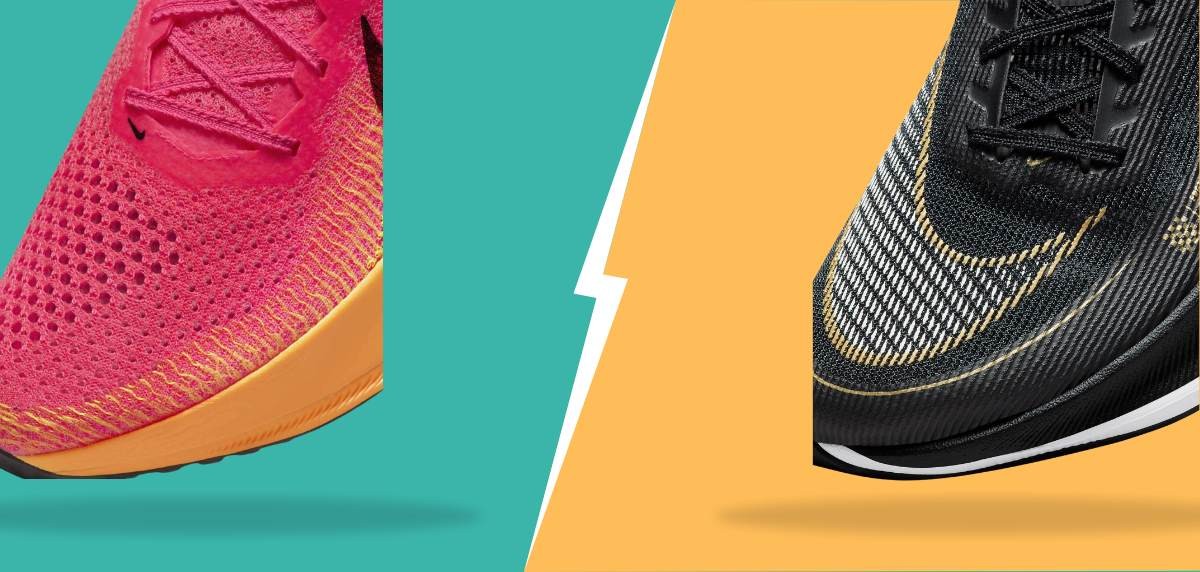
The upper of the Vaporfly 3 features a new mesh, much lighter than that of the Nike Vaporfly 2. This fabric is interwoven with micro-perforations that are highly visible, bringing a focus on minimalisation and breathability to the shoe.
Outsole
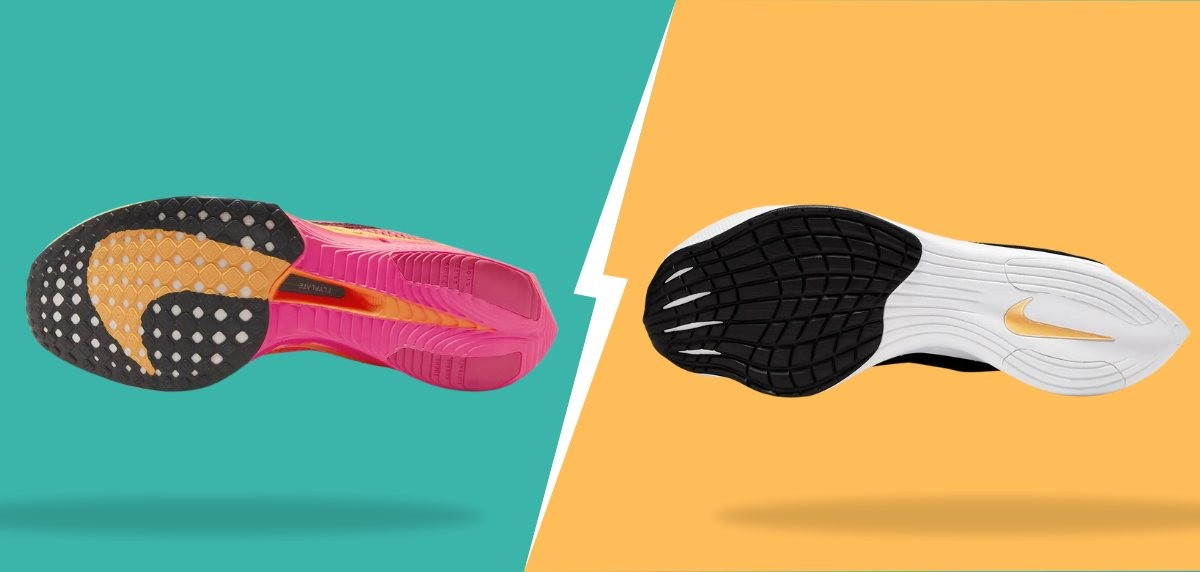
As for the outsole, the Vaporfly 3 opt for a considerably thinner rubber than the previous version, but with some tread in the front metatarsal area. This contrasts with the sole of the Vaporfly 2. In addition, there are gaps between the rubber and non-complete rubber areas on the Vaporfly 3 sole, with the aim of further reducing the weight of the shoe.
Type of runner and use
The Nike Vaporfly 3, like the Vaporfly 2, is not suitable for all types of runners. Its minimalist upper and midsole structure, especially with the carbon plate, require adaptation and experience. Both shoes are recommended for lightweight runners looking for performance in competition. However, their use stays the same. They are radical shoes, developed to run very fast under 4:00 min/km.
Who are the Vaporfly 3 ideal for?
The Nike Vaporfly 3 are ideal for lightweight runners who are looking for performance in competition and who have experience and technique in running.
What do the new midsole cutouts in the Vaporfly 3 Provide?
The new midsole cutouts in Vaporfly 3 not only reduce the weight of the shoe, but may also improve stability during running.
How does the new upper design affect the Vaporfly 3?
The new upper design in the Vaporfly 3, with lighter mesh and micro-perforations, suggests a focus on minimalisation and breathability, which could be beneficial in warmer running conditions.
Is it worth buying the Nike Vaporfly 3 vs the Nike Vaporfly 2?
The reality is that with 2 model you're going to be able to run very fast on asphalt. The changes are not very radical. The new version is a bit lighter, yes, but those grams are negligible in competition if you are not an elite athlete. Our recommendation is that you opt for the shoe with the best price in your size.
The Nike ZoomX Vaporfly Next% 3 represents a significant evolution compared to the Nike ZoomX Vaporfly Next% 2. With changes in design, materials and structure, the Vaporfly 3 are geared towards lighter weight and possibly greater efficiency on shorter runs. It is important for runners to consider their specific needs and experience level before opting for one of these high-performance models.
Read more news about: Running News
